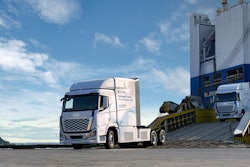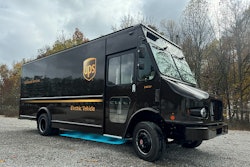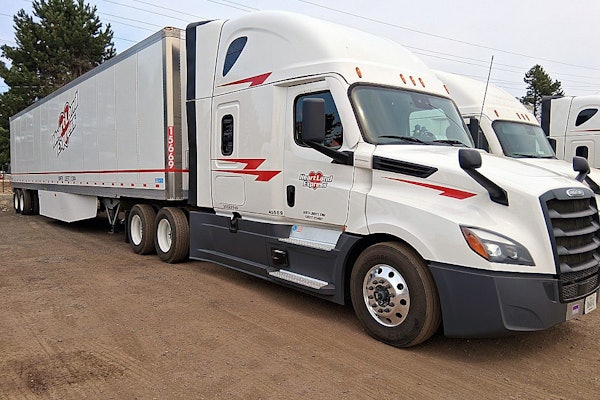Today’s farm tractors generally run on diesel. It wasn’t always that way.
As NACFE ramps up for Run on Less Messy – Middle in 2025 to demonstrate the heavy-duty long haul efficiencies of a range of powertrains, I found some past parallels in the world of agriculture.
The history of agricultural propulsion took decades to migrate from burning wood, coal, straw and kerosene to power steam engines, to kerosene-powered reciprocating engines, to gasoline-powered ones and finally to diesel. Along the way there were even engines that ran on a range of all types of liquid fuel.
The messy middle of farm tractor fuels lasted approximately 80 years: from 1880 to 1960. The history is engaging. That period encompasses two World Wars, the Great Depression, the introduction of electric lighting and the power grid — fuel type transitions. It’s possible that the trucking industry might learn from farm equipment history.
I was fortunate to visit the California Agricultural Museum in Woodland, California, on my way to moderate the Verge 24 panel Leveraging Freight Rail in an Increasingly Complex Logistics and Electrified Trucking Landscape. The museum is a privately funded 501(c)(3) non-profit organization that has been in Woodland since 1995. I had an excellent tour with of the extremely knowledgeable volunteers.
Steam-driven tractors hit North American farms in the 1880s to 1890s. Early designs were huge (11-tons or more), cumbersome and slow (1 to 2 mph), producing 50 to perhaps 110 hp. Two early successful manufacturers were Best Manufacturing Company and Holt Manufacturing Company, both California based companies.
These two competitors eventually introduced versions of compression engines running on kerosene. They were not the only two innovators in this space, but they ultimately merged to become the venerable Caterpillar company. Others created Case, Cummins, Deere and other recognizable names.
Kerosene was a fuel in abundance in the 1890s because for much of the 1800s, oil lamps were the primary source of light. Kerosene was a distillate of coal beginning in the 1850s. A few years later with the discovery of oil deposits in the U.S., kerosene became the primary biproduct for the burgeoning petroleum industry.
Kerosene was then an obvious choice for farm tractor powertrains because it was readily available and inexpensive.
But kerosene was not the only game in town for lighting. First came gas lighting fueled by various versions of methane gas. Then came the introduction of electric lighting. Replacing kerosene lamps had fortuitous timing as kerosene transitioned to being used to power engines.
The relentless pursuit of lighter, more powerful farm tractors saw the introduction of gasoline and diesel engines, sometimes both on the same tractor. Often a kerosene or gasoline pony engine was needed to help start the diesel engine.
The period 1900 to 1930 is the messiest period when farm tractors caught in the transition of engine and fuel types across the country might have burned coal, wood and straw, or kerosene to make steam, or using kerosene or gasoline in a compression engine, or diesel or both, and in some later cases, some “all fuel” engines could use all the available liquid fuels.
It took another 30 years for the farm tractor market to work itself out and choose diesel, ultimately, by the 1960s. Diesel became the primary fuel of choice for farm tractors ending farming’s messy middle. But modern farm tractor powertrains have not stopped with diesels.
In the last several years, major farm machinery manufacturers around the world such as John Deere, Kubota, New Holland, CNH Industrial, and others are beginning to innovate zero-emission and low-emission farm tractor powertrains using lower emission energy sources.
This extremely condensed version of farm tractor history has interesting parallels with today’s discussion of heavy-duty trucks. I offer a few observations:
- Change takes time.
- The market ultimately decides which technology wins after years of competition.
- No solution is ever good enough; continuous improvement is always happening.
- Parallel technologies can impact powertrain development. Electric lights helped petroleum fuels take off, ultimately leading to diesel’s preeminence in farm tractors.
I wish to thank the volunteers at the California Agricultural Museum for their dedicated efforts to preserve the history of farm tractors.













